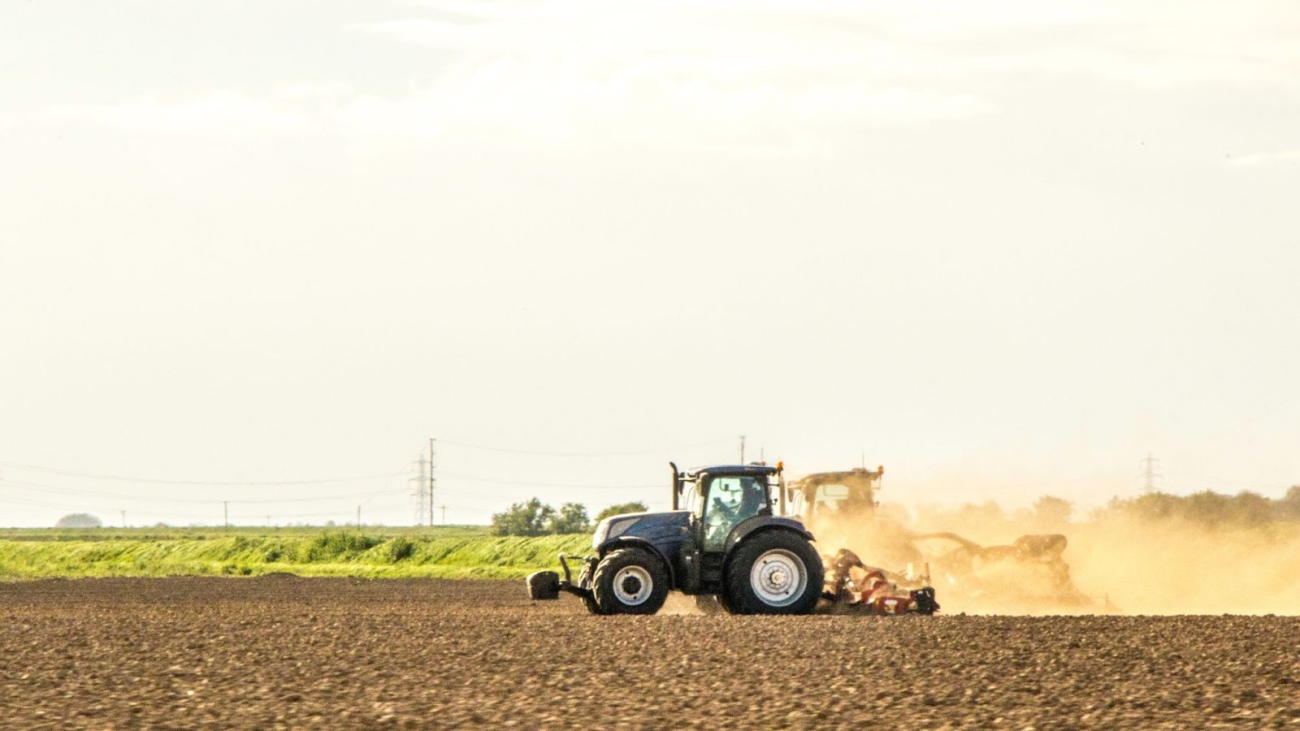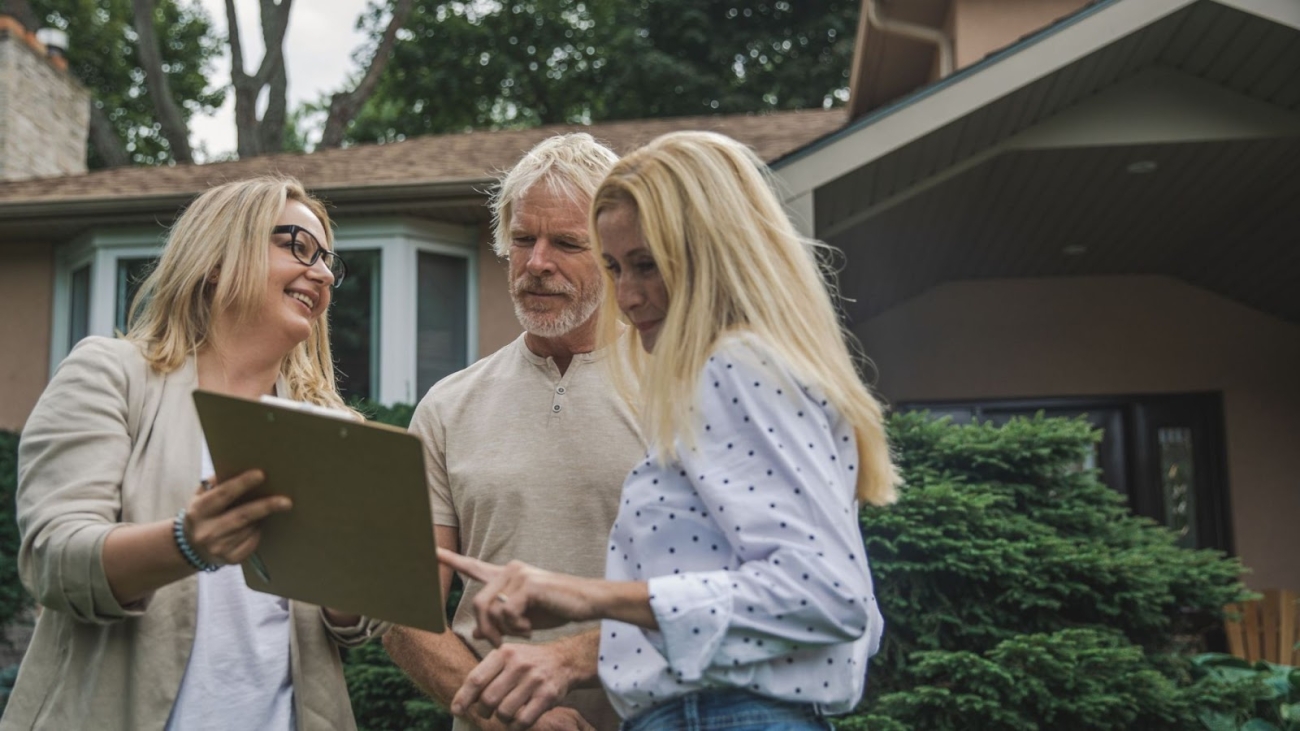As a business owner, it’s crucial to understand that the entrepreneurial world is fraught with risks and uncertainties. An unforeseen incident can significantly impact your business operations and, in extreme scenarios, threaten your business’s very survival. This is where the role of the right insurance becomes paramount, providing a safety net for your business.
At Business Insurance Consulting, our comprehensive business consulting services aim to guide you towards insurance solutions best suited to your specific business risks.
Understanding the Nature and Scope of Risks
Before we delve into the details of the insurance covers you should consider, it’s essential to comprehend the array of risks your business might face. These risks could be directly related to your industry, the nature and size of your business, and the regulatory environment you operate within.
Risks can range from financial loss due to faulty advice or services, potential data breaches, lawsuits from employees or third parties, damage to property, or even interruptions in business due to unforeseen circumstances.
Mitigating Risks with Tailored Insurance Solutions
At Business Insurance Consulting, we offer an extensive array of insurance solutions that cater to a broad spectrum of business risks. Let’s take a look at these:
Professional Indemnity Insurance
If you are in the business of providing professional advice or services, you can be held liable if a client suffers a loss due to your advice. Professional Indemnity Insurance covers the cost of legal defence and potential compensation to the client, thus protecting your financial stability.
Public and Products Liability Insurance
Regardless of whether you operate a retail store or a manufacturing unit, incidents that cause injury or damage to a third party could occur. Public and Products Liability Insurance protects your business against claims resulting from injuries or damage to property caused by your business operations or products.
Management Liability Insurance
This type of insurance protects the directors and officers of your company against legal obligations arising from mismanagement. It covers the cost of legal defence, potential fines, and penalties, thus safeguarding both the individual’s and the company’s assets.
Cyber Insurance
In the modern digital era, cyber threats pose a significant risk to businesses of all sizes. Cyber Insurance covers the financial losses related to data breaches or cyber attacks, offering a lifeline in the face of a crisis.
Business Interruption Insurance
This insurance is critical for maintaining cash flow if your business operations are interrupted due to a covered event, such as a fire or natural disaster. It compensates for lost income and covers operating expenses during the period of interruption.
Workers Compensation Insurance
This is a mandatory requirement in Australia, providing protection for employees who become ill or injured due to their work.
Directors and Officers Liability Insurance
The directors and officers of your business may become targets for lawsuits due to their decisions that affect the company. This insurance protects them against losses from such lawsuits and related legal expenses.
Choosing the Right Business Insurance Consulting Services
Choosing the right insurance consulting service is just as crucial as the insurance policies themselves. It’s essential to work with an insurance consulting service like Business Insurance Consulting that truly understands your unique business needs and associated risks.
Our team of experts will work closely with you to identify potential risks and tailor insurance solutions to mitigate them effectively.
Mitigating Risk and Securing Your Business Future
The importance of having the right insurance in place cannot be overstated. It forms a critical part of your risk management strategy and plays a key role in ensuring the sustainability and success of your business.
At Business Insurance Consulting, our commitment to helping you minimise risk through our comprehensive Business Consulting Services is unwavering. Remember, the success of your business doesn’t just rely on how well you can maximise profit, but also on how effectively you can minimise the risk.



























